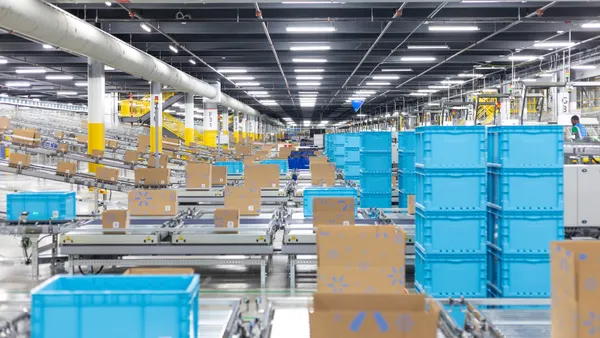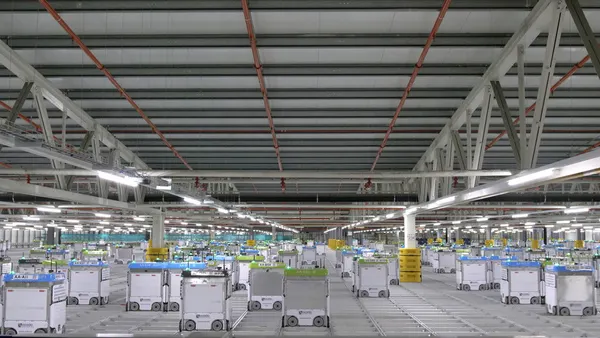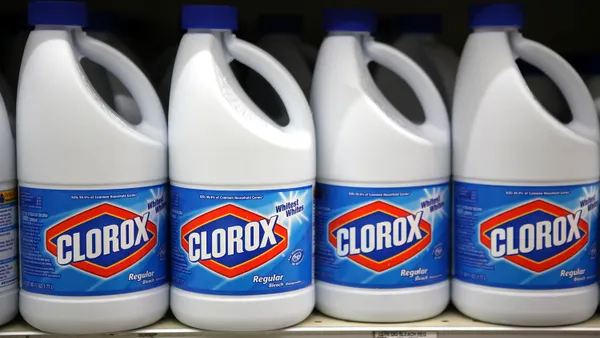While 3-D printing could have a big impact on the food industry, the cool, once-futuristic device has a number of hurdles it will need to overcome to succeed.
Darryll Holliday, a food science coordinator at the University of Holy Cross, said speed and price are two of the biggest obstacles. 3-D printing takes longer than most traditional manufacturing methods, with some designs taking about five minutes to print. The device also can cost anywhere between $2,500 to $7,000.
Reliability also can be an issue. If the ingredients — such as meat paste to create a burger patty — aren't mixed properly before being placed in the printer, it could create air pockets that inhibit the precision and structural integrity of the designer food, making it difficult to consistently deliver a product of the same size and shape.
Still, Holliday said it was only a matter of time before this technology revolutionizes the restaurant space by cutting down on labor and inventory.
"You're going to see an increase in robotics as more people push for $15 minimum wage, especially in foodservice," he said at the Institute of Food Technologists conference in Las Vegas. "If restaurants could print their [hamburger] patties, they could print to the size and specifications of orders and make a round, square, thick or thin patties... (giving) restaurants a lot of flexibility and precision in food prepartion."
Parallel printing, or using a 3-D printer with multiple nozzles, can speed up this process and allow manufacturers to make corresponding materials, like hamburger buns, with similar design specifications at the same time.
This technology also could eliminate the need to buy and store several different sizes or types of frozen patties. Restaurant employees could manipulate their ingredient pastes to yield product variety.
For example, Holliday and his students have mixed relish, ketchup and mustard into their beef paste to create "fully-dressed" burger patties. Holliday also said consumers surveyed couldn't tell the difference between a traditional patty and a 3-D printed burger when both were served in a hamburger bun, suggesting that "realistic" flavor, texture and mouthfeel can be achieved through this method.
The market for 3-D printed food is expected to reach $425 million by 2025. North America is expected to hold the largest share of the market in 2018. For now, customized chocolate and cakes are the largest segments in the printed food market, and they are expected to see the most significant growth. Printed food also could see increased demand as a way to deliver nutrient-rich foods to the elderly, disaster relief victims and military servicemen and women.
"With 3-D printing, we can create different shapes and textures you couldn't normally get from traditional food."

Darryll Holliday
Food science coordinator at the University of Holy Cross
Several legacy food brands have invested in 3-D printing solutions, leveraging the technology for both research and development and marketing campaigns. Barilla sponsored a contest to create a 3-D printed pasta, selecting a design that blooms into a rose shape when boiled. Oreo has also used 3-D printers to create cookies with customizable creme patterns and flavors, and PepsiCo has used it to make crunchier potato chips with deeper ridges.
"With 3-D printing, we can create different shapes and textures you couldn't normally get from traditional food," Holliday said.
This creates opportunity for foodservice companies and product manufacturers to either create food that closely mimics the texture and appearance of traditional products, or differentiate by developing complex structures that can be positioned as novelty products, he said.














